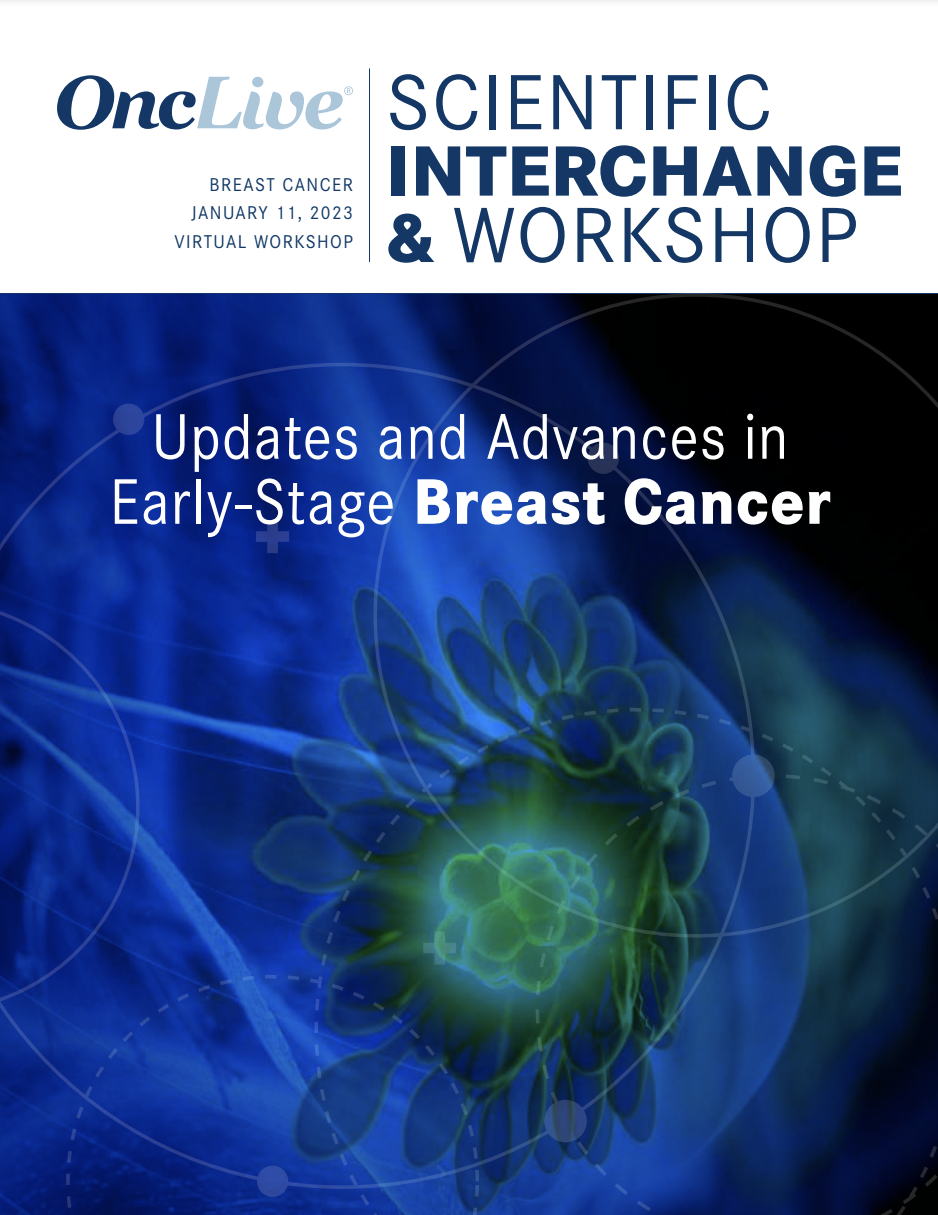Commentary
Video
Dr DiPasquale on the Continued Investigation into Cerianna PET Scans in Breast Cancer
Author(s):
Allison A. DiPasquale, MD, discusses the continued evaluation of Cerianna positron emission tomography scans in patients with breast cancer and highlights the need for a multidisciplinary approach when treating patients in this population.
Allison A. DiPasquale, MD, board president, Susan G. Komen Dallas County, breast surgical oncologist, Texas Oncology, discusses the continued evaluation of Cerianna positron emission tomography (PET) scans in patients with breast cancer and highlights the need for a multidisciplinary approach when treating patients in this population.
Insurance coverage for Cerianna PET scans remains inconsistent with varying success rates, DiPasquale begins, adding that there is an evident need for more substantial evidence demonstrating the value of this imaging technique. However, as investigators conduct more of these scans, they are discovering increasingly valuable information, she states. Numerous investigations have illustrated that Cerianna PET scans can identify estrogen-positive invasive lobular manifestations in the spine, which wouldn't be detectable through a fluorodeoxyglucose PET scan, DiPasquale says. The process of continually generating and presenting data, including case reports, with Cerianna PET scans contributes to an evolving understanding of this imaging modality. This, in turn, could encourage greater acceptance of Cerianna PET scans by insurance companies, DiPasquale notes.
DiPasquale has noticed that explaining the necessity of these scans to insurance companies often requires peer-to-peer discussions. Often, representatives from insurance companies do not understand the rationale behind ordering a specialized PET scan, especially for patients with breast cancer who do not have immediate evidence of lymph node involvement, she expands. However, elevated CA27-29 or Signatera™ markers could indicate the need for further diagnostic information in these patients, she says.
DiPasquale adds that collaboration between surgical and medical oncologists is crucial when treating patients with breast cancer. The exchange of knowledge between specialties enables better coordination of patient care, ultimately leading to improved disease outcomes, she continues. Although multidisciplinary tumor boards serve as vital platforms for presentation and discussion, the day-to-day ability to communicate, share information, and seek advice is equally significant, DiPasquale emphasizes. Furthermore, attending diverse medical conferences provides insights into practices and perspectives that might not be evident within one's primary domain. Emphasizing collaborative learning and interdisciplinary engagement benefits both patients and health-care providers alike, she concludes.









